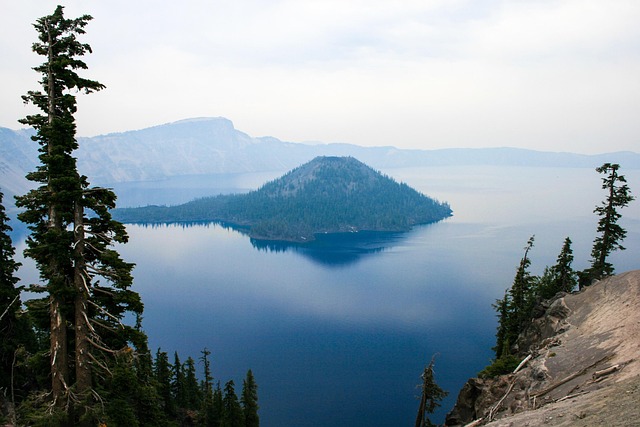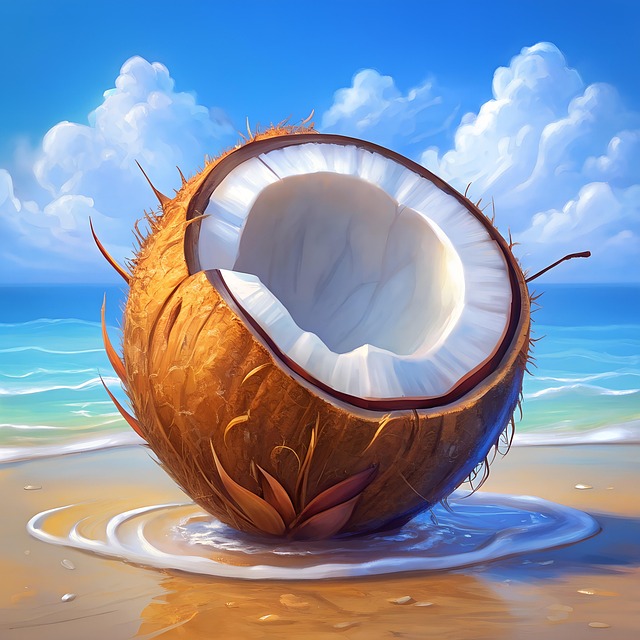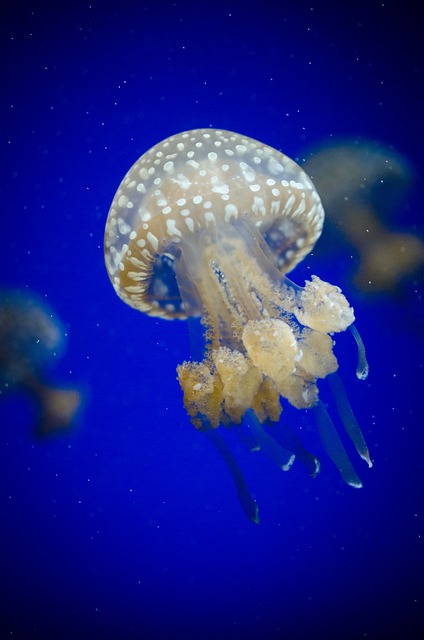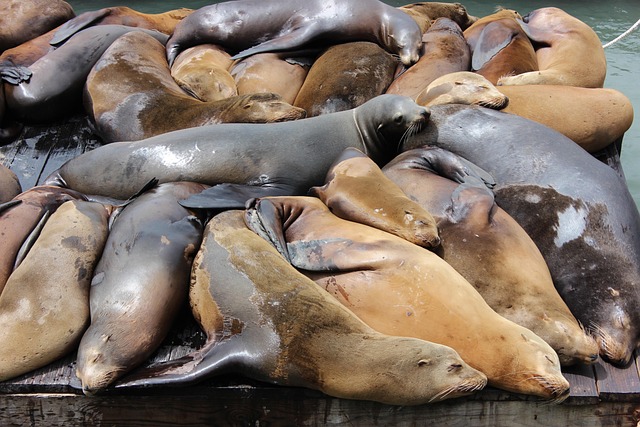Sea Lion Caves along the Pacific Coast offers a captivating coastal wildlife viewing experience, featuring hundreds of sea lions, seals, birds, and even whales in a network of caves. The best time for observation is spring and summer, with early mornings and late afternoons ideal. Prioritize ethical behavior by maintaining safe distances and using non-invasive tools like binoculars. Sea Lion Caves also supports local conservation efforts, providing educational tours and contributing to the preservation of Oregon's marine life and habitats.
Discover the enchanting Sea Lion Caves, a unique coastal destination offering unparalleled opportunities for coastal wildlife viewing. Home to a diverse array of marine life, from playful sea lions to elusive birds, these natural caves provide an extraordinary experience. Learn about the abundance of wildlife inhabiting this hidden gem, and master the art of timing your visit for optimal viewing. Explore ethical considerations for responsible wildlife observation, along with educational initiatives and local conservation efforts that make Sea Lion Caves a model for sustainable tourism.
- Exploring Sea Lion Caves: A Unique Coastal Destination
- The Abundance of Wildlife in the Caves
- Timing Your Visit for Optimal Viewing
- Ethical Considerations for Wildlife Observation
- Educational Opportunities and Local Conservation Efforts
Exploring Sea Lion Caves: A Unique Coastal Destination
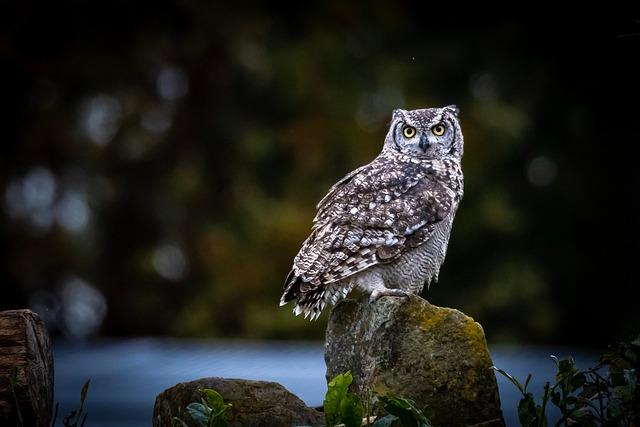
Sea Lion Caves offers a unique and enchanting experience for coastal wildlife viewing enthusiasts. Nestled along the dramatic Pacific Coast, this hidden gem provides an up-close encounter with nature’s marvels. Visitors can embark on a journey through a labyrinthine network of caves, where they are greeted by the fascinating sight of hundreds of sea lions resting and playing on the rocky ledges. The air is filled with their playful barks and the gentle lapping of waves against the shore, creating an immersive ambiance.
This coastal destination is not just about observing marine life; it’s a chance to witness the raw beauty of nature. The caves, carved over centuries by the relentless sea, showcase a symphony of textures and formations. As you navigate through these natural wonders, keep an eye out for various species of seabirds perched on ledges, adding their graceful silhouettes to the breathtaking landscape. Coastal wildlife viewing at Sea Lion Caves is a truly memorable experience that combines the allure of nature with the thrill of discovery.
The Abundance of Wildlife in the Caves
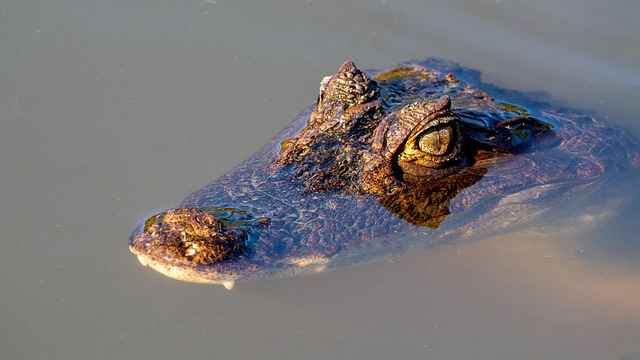
The Sea Lion Caves offer an unparalleled experience for coastal wildlife viewing. This unique ecosystem is home to a diverse range of marine life, making it a haven for nature enthusiasts. Visitors can expect to witness an astonishing array of creatures, from playful sea lions and seals to various species of birds and even occasional sightings of whales. The caves provide a protected environment where these animals can rest, breed, and raise their young, making them a vital part of the local ecosystem.
The abundance of wildlife in this coastal sanctuary is a result of its strategic location along migration routes and feeding grounds. The caves’ rock formations offer ideal nesting sites for birds, while the surrounding waters teem with fish and other marine creatures that attract seals and sea lions. This rich biodiversity ensures a captivating experience for visitors, who can observe these magnificent animals up close in their natural habitat, making it a must-visit destination for those seeking authentic coastal wildlife viewing experiences.
Timing Your Visit for Optimal Viewing
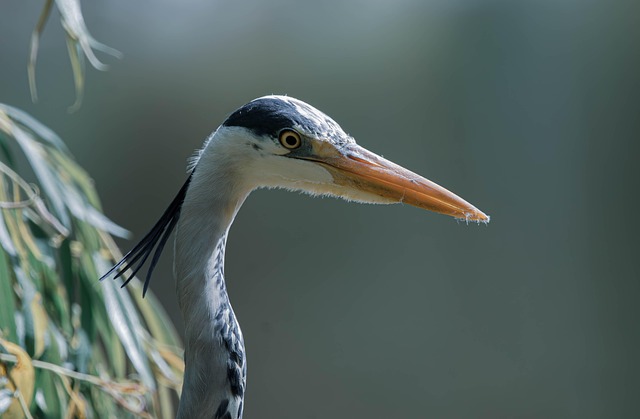
The timing of your visit can significantly impact your coastal wildlife viewing experience at Sea Lion Caves. The best time to observe sea lions and other marine life is during the early morning or late afternoon/evening hours, when the animals are most active on land. During these times, you’ll have a better chance of catching them resting, playing, or even giving birth – all behaviors that offer fantastic opportunities for photography or simply enjoying the sights.
Consider visiting during spring and summer months, when sea lion populations are at their peak in this area. This is also when newborn pups can be seen alongside their mothers, adding a heartwarming element to your coastal wildlife viewing experience. Keep in mind that weather conditions may influence animal behavior, so plan ahead and check forecasts for optimal conditions on the day of your visit.
Ethical Considerations for Wildlife Observation
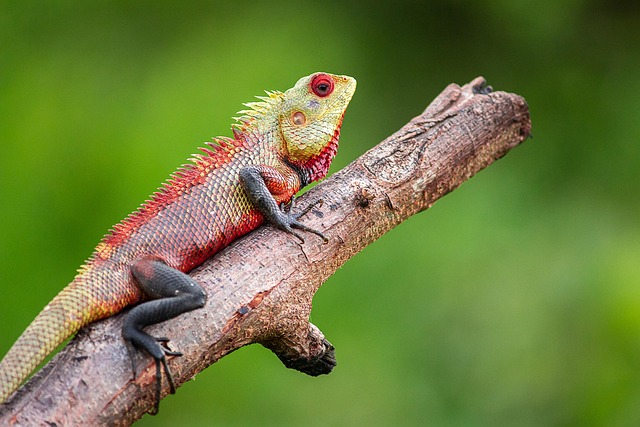
When engaging in coastal wildlife viewing at Sea Lion Caves or any natural habitat, it’s crucial to approach the experience with ethical considerations in mind. The well-being and preservation of marine life should always be a priority. Observing animals in their natural environment is a privilege, and responsible tourism practices are essential to ensure their safety and minimize disruption to their habitats.
One key aspect is maintaining a safe distance from wildlife. Getting too close can cause stress or even harm the creatures you’ve come to observe. Additionally, using non-invasive viewing methods, like binoculars or telescopes, allows for a better experience without disturbing the coastal ecosystem. Remember, these animals are wild and have their own needs and behaviors; respecting their space helps maintain the delicate balance of nature.
Educational Opportunities and Local Conservation Efforts
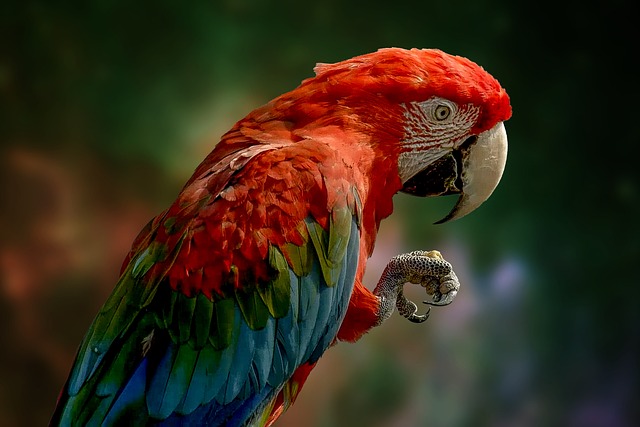
Sea Lion Caves offers an unparalleled opportunity for visitors to engage in coastal wildlife viewing, but it also serves as a hub for educational initiatives and local conservation efforts. Guided tours provide insights into the unique ecosystem of the Oregon coast, allowing visitors to learn about the diverse marine life that calls these waters home. These tours often include information on sea lion behavior, migration patterns, and the broader ecological role of these creatures in the region’s food chain.
Local organizations work tirelessly to protect and preserve the natural habitat surrounding Sea Lion Caves. Conservation efforts focus on minimizing human impact on sea lion populations and their nesting sites, as well as addressing larger environmental concerns like ocean pollution and climate change. By participating in coastal wildlife viewing activities, visitors can indirectly contribute to these causes, supporting initiatives that ensure the long-term health of the local ecosystem and its inhabitants.

